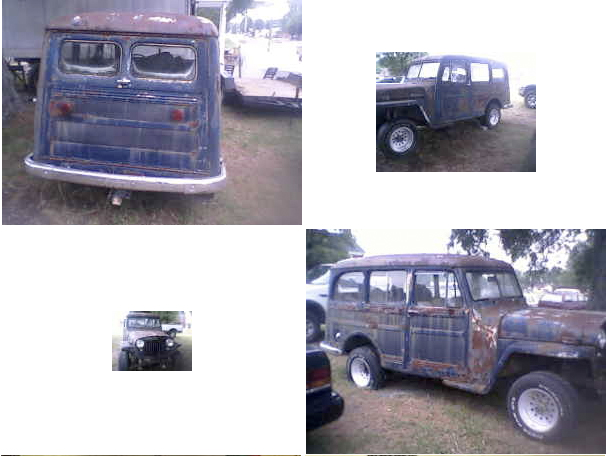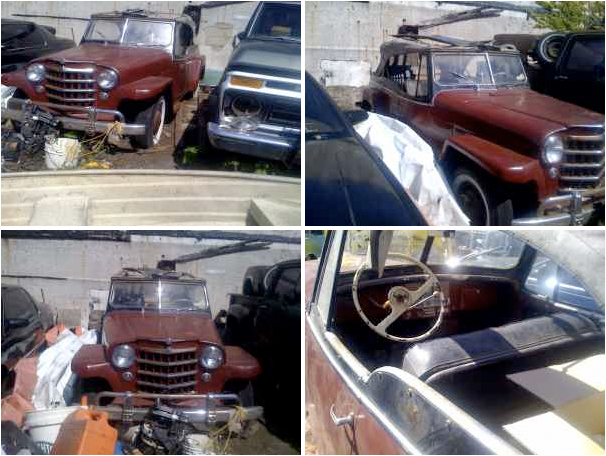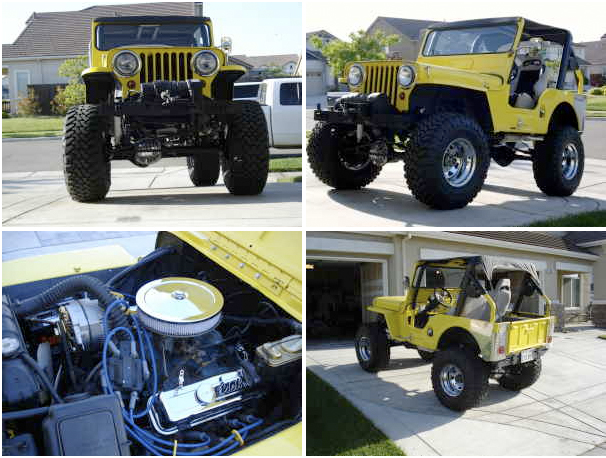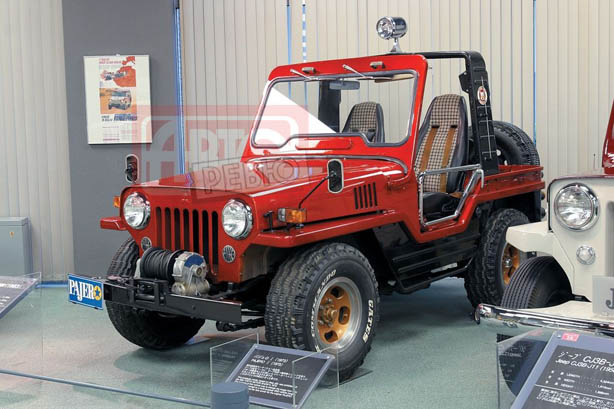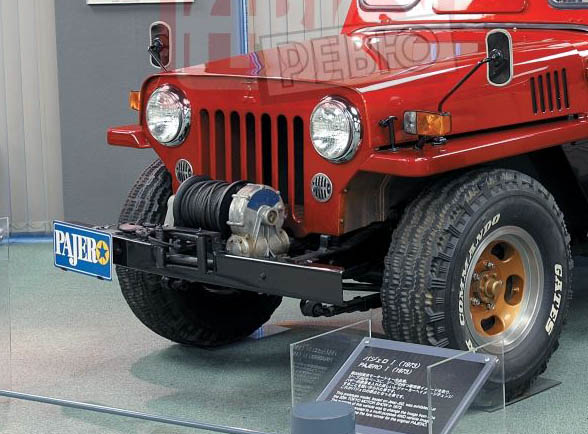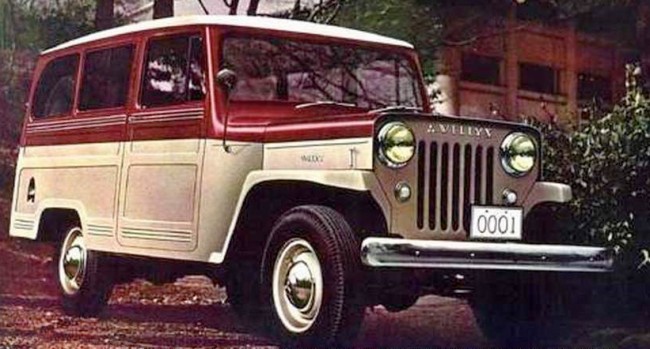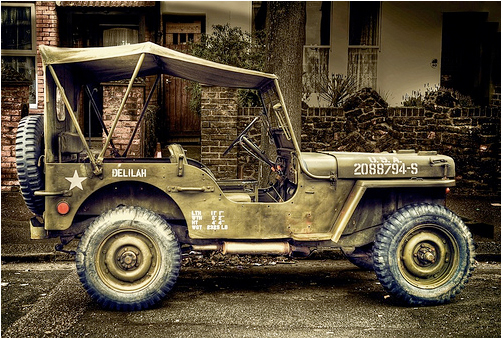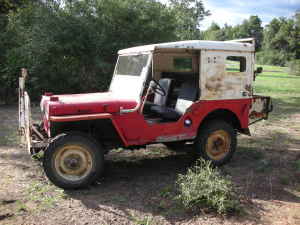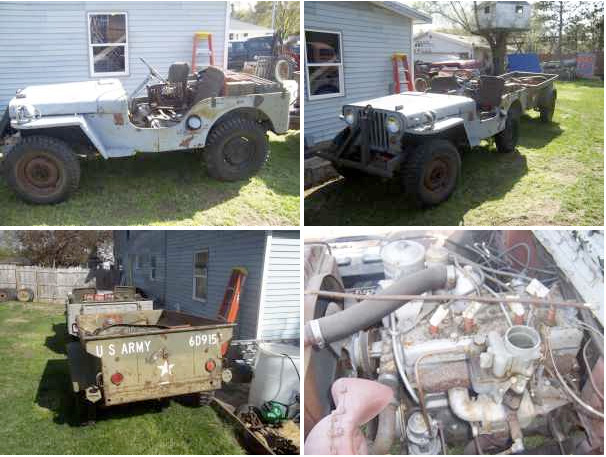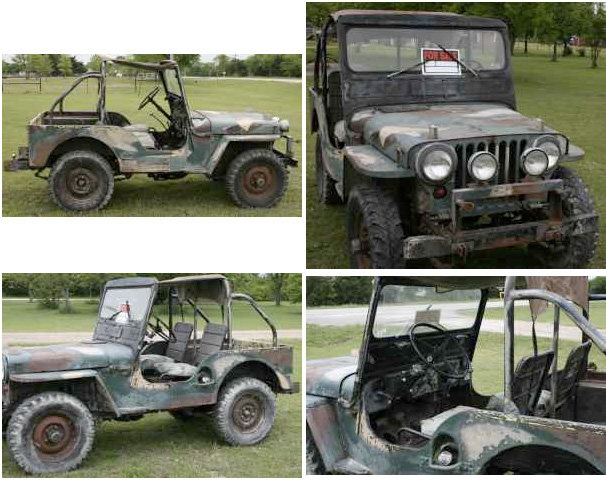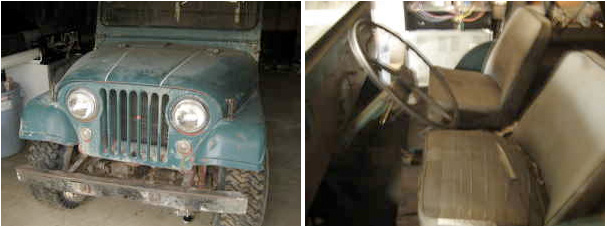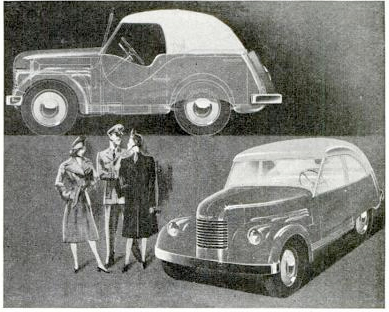 As I read through the Hemmings Blog version of the Wally Cohn story (which I thought was very well done), I saw a picture that referenced a car similar to the Wally Cohn vehicle, but was created in 1942, and called the “Victory Car”, a design suggested by Brooks Stevens. It turns out, Stevens wrote an article for Popular Mechanics in December 1942 that envisions a variety of victory models, including the Wally-looking vehicle shown in the pics to the left. One of Brooks’ most prescient predictions was his belief that plastics would be used widely in future vehicles.
As I read through the Hemmings Blog version of the Wally Cohn story (which I thought was very well done), I saw a picture that referenced a car similar to the Wally Cohn vehicle, but was created in 1942, and called the “Victory Car”, a design suggested by Brooks Stevens. It turns out, Stevens wrote an article for Popular Mechanics in December 1942 that envisions a variety of victory models, including the Wally-looking vehicle shown in the pics to the left. One of Brooks’ most prescient predictions was his belief that plastics would be used widely in future vehicles.
In another set of images, which is shown below and is the one highlighted by Hemmings, a Brazilian auto website appears to track the development of Aero Willys starting with the Brooks Stevens vision through both prose and images. Unfortunately, my Portuguese isn’t best!
After some research, I came across an article from the Sarasota Herald-Tribune, dated January 14, 1942 (thanks to the new(?) google news archive search) that covers a meeting which might have launched the entire “Victory Car” discussion.
Here it is in its entirety, written by W.F. Arbogast:
“WASHINGTON, Jan. 14 –AP — A civilian counterpart of the army “jeep” — with certain refinements as a concession to comfort — was suggested today by officials of the National Automobile Dealers association as a possible answer to the new car shortage.
The suggestion came from L. Clar Cargile, Texarkana, Tx., president of the association, and Aurthur Center, Springfield, Mass, it secretary, as a house committee resumed hearings on the effects of new car production curtailment on the nation’s 44,000 dealers.
The small, rough-and-ready vehicle — the answer to any college freshman’s prayer — would probably be called the “victory car” and be produced by leading automobile manufacturers under no trade name.
It would be large enough for five passengers, maybe with a little crowding, and would devoid of costly accessories, nicle or chrome trim and other gadgets adding to cost.
But if built to the specifications of its brothers, it coudl climb most any hill with a top to it, splash fearlessly through the deepest mud, and in general negotiate terrain usually shunned by everything without fur or feathers.
I would be built primarly for service, not for looks, and to meet a need for transportation when present cars wear out and comparable replacements are not available, ” said Center. ” It would be strictly an economy car, with six cylinders and low upkeep.”
Cargile said the automobile industry, despite the conversion of much of its machinery for the production of airplanes and other defense material, could make enough victory cars to meet essential needs, and still not interfere with defense requirements.”


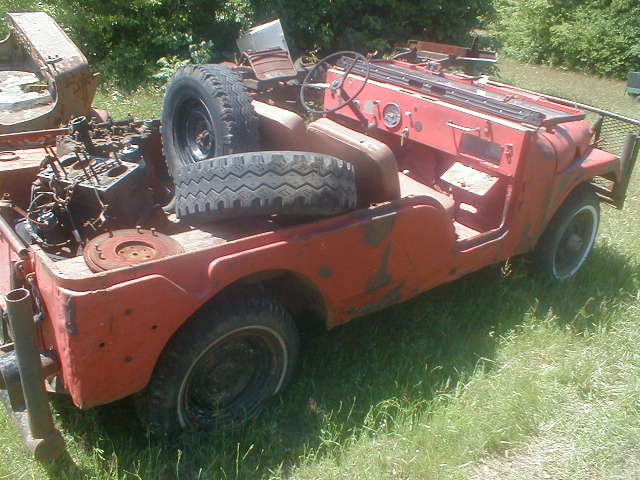
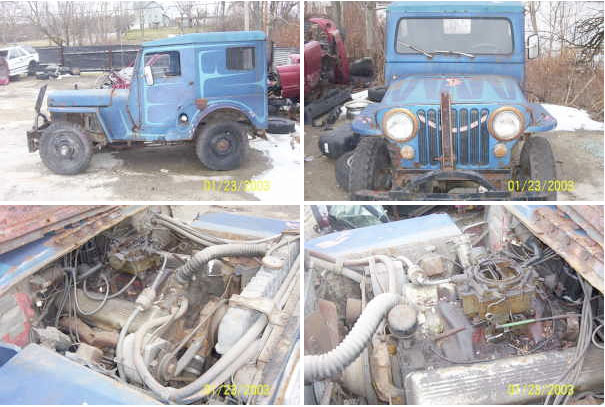



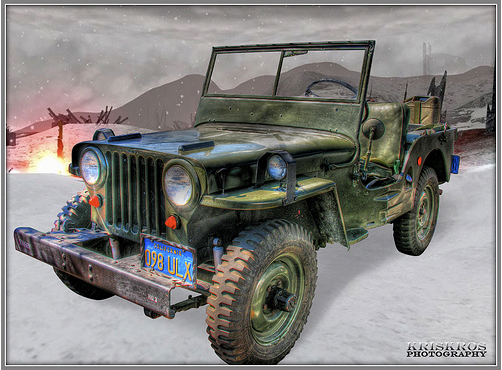
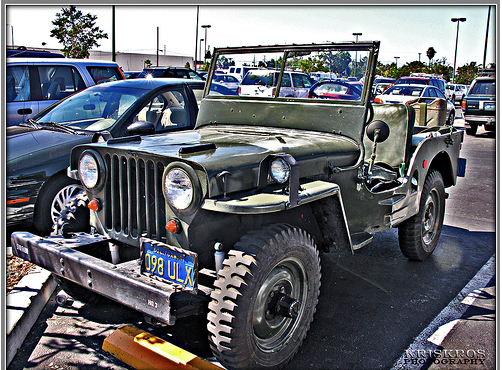
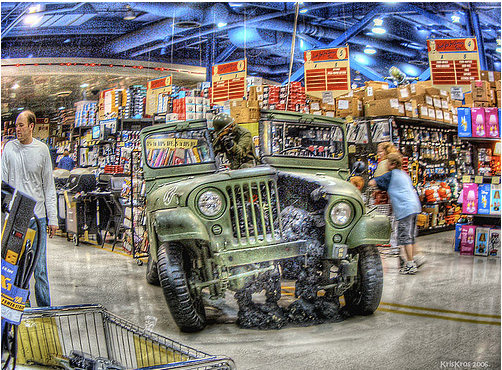
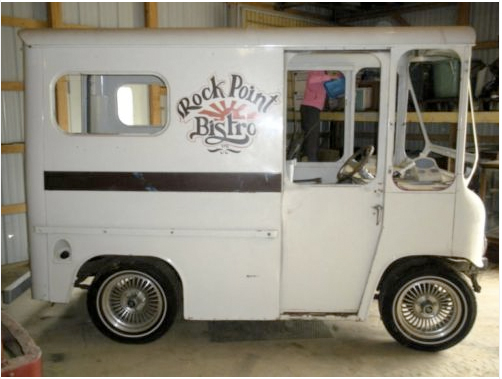
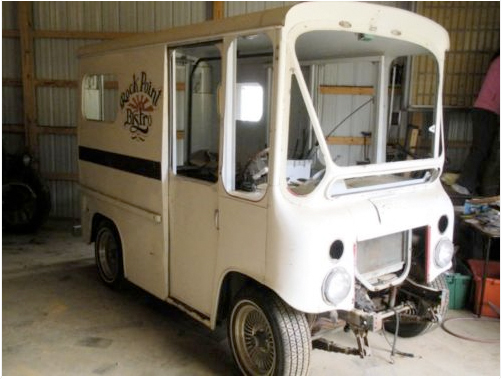
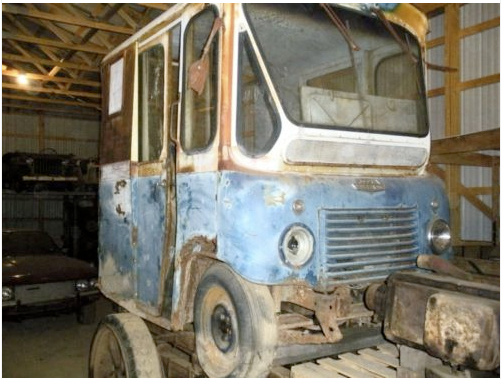
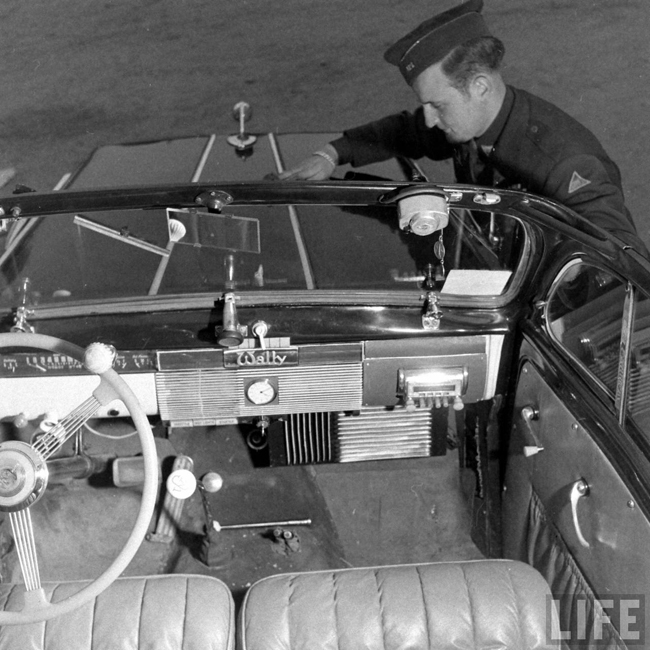
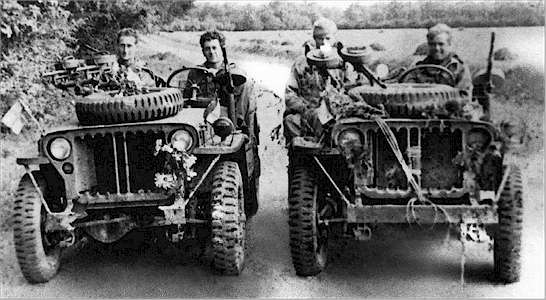
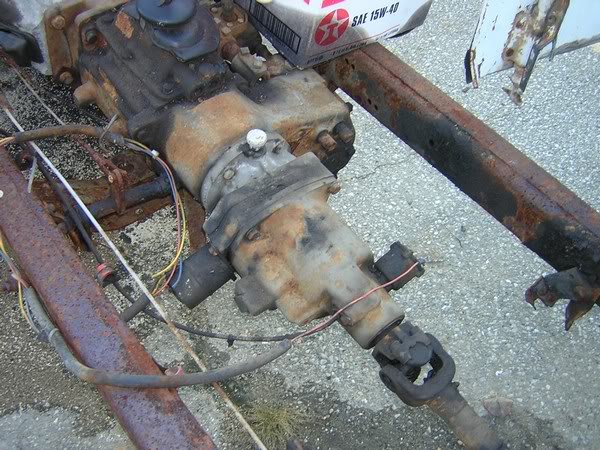



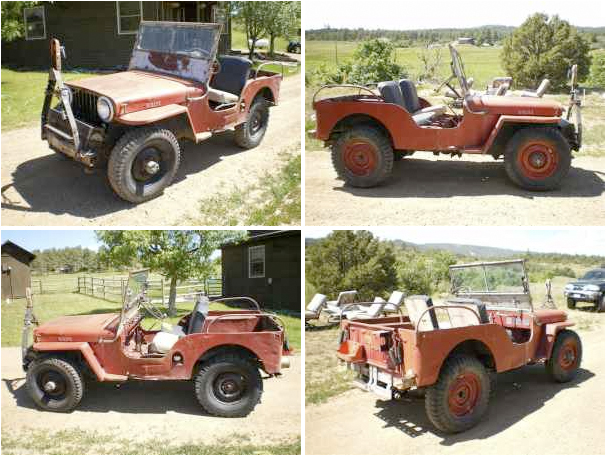
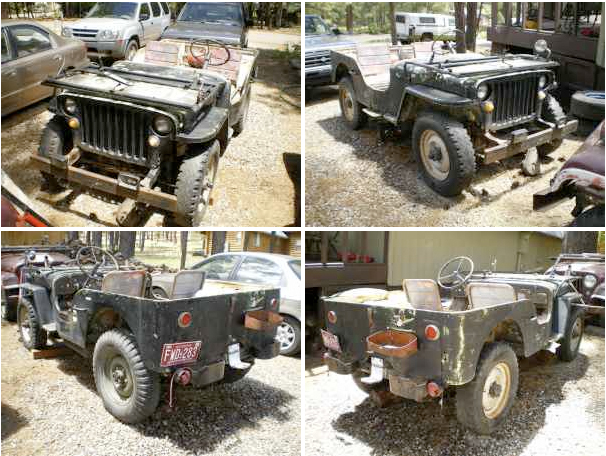
 Its a 1950 something Jeep Willys. Has a very solid body, no motor or trans. Great for restoration. call mon-fri 8am-5pm 704 485 8187″
Its a 1950 something Jeep Willys. Has a very solid body, no motor or trans. Great for restoration. call mon-fri 8am-5pm 704 485 8187″